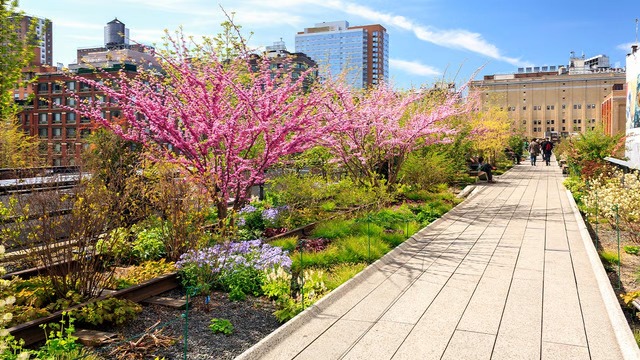
5 Types Of Urban Planning Concepts Explained
Urban planning, also known as town planning, city planning, or regional planning, focuses on the design and development of the built environment. It considers air and water quality, transportation, and community facilities. It also considers social and economic conditions. While traditionally based on top-down planning, urban planning has evolved to incorporate the needs of residents, the environment, and economic activity. In this article, we will discuss different types of urban planning.
Master planning:
The planning process starts with a master plan, which is a map of the future use of a particular area. It should also consider the types of zoning required, the infrastructure needed, and the distribution of urban amenities. It may also include consultation with government agencies, landowners, and professional consultants.
Zoning:
Zoning is an important tool in urban planning. Zoning is a set of rules and regulations determining how the land can be used. A city can change its zoning in response to various factors, such as industrial development and increased population. It may also change to deal with problems associated with declining land use density or with spurring economic development. However, updating zoning does not guarantee that complications will not arise in the future.
Infrastructure planning:
Various types of urban planning have been developed over the years, each with its benefits and drawbacks. Strategic planning, for example, sets high-level objectives and preferred areas for development. Ideally, an urban planning process will encompass many of these planning concepts. In addition to addressing these objectives, urban planning also includes environmental considerations.
Economic development:
Economic development is a crucial component of urban planning. It involves the development of a city’s infrastructure. This includes providing utilities that support the daily lives of residents. These services have a direct impact on the development of a city and indirectly on the environment. Production of these goods can lead to several negative effects, including habitat fragmentation, air pollution, noise, and smell. Many utility services require land and other resources unavailable in the urban area.
Public realm:
When designing a city, several different concepts should be addressed. One of the most important concepts is the public realm. This concept aims to promote public interaction and collaboration between city residents and businesses. It also helps to create a more attractive public realm and improve the quality of life for all people living in a city.

